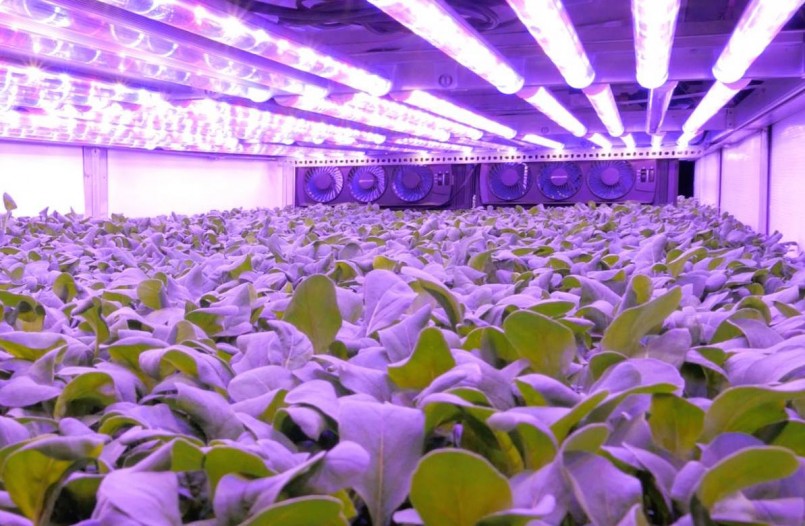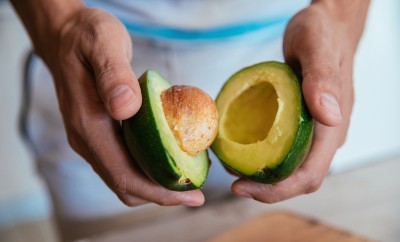Environment
Meet a guy growing kale in an old paintball arena

Image: Aerofarms
You may have seen this sight in your area: farms being sold as older farmers retire. What end up in their place are strip malls and pricey condo complexes. If you’re in a bad mood that day, you decide the all the land’s getting eaten up by buildings, farming is dead and we’re all going to starve. But maybe buildings aren’t the antithesis to farming they once were.
Meet David Rosenberg, the man who is growing kale in an abandoned paintball arena. He’s the chief executive officer of AeroFarms, which seeks to grow organic greens all indoors.
No sunlight, no soil, no problem
AeroFarms uses an aeroponic gardening method, which means that there’s not even any soil. Photos of this place reveal a large warehouse of stacked growing trays. Seeds are planted into a cloth medium (reusable and made from recycled plastic bottles, or course). These seeds geminate and then are placed into the trays. The plants grow with the help of LED lighting bars and an aeroponic mist that imparts microbes and nutrients straight to the roots, nutrients that would normally come from soil. As the plants grow, they move down the line to different storage options, and when they emerge they are ready to be eaten.
The products themselves can be highly customized this way, as well. AeroFarms specializes in greens at the moment. Some greens have certain flavors. The foods come pesticide, herbicide, fungicide and GMO-free. Delivering the nutrients at the roots gives the plants exactly what they need without leaf treatments, and specific LED lighting adjustments allow for a more specific product in terms of size, taste and texture.
So is it the future?
AeroFarms is certainly on the up-and-up. In addition to their paintball facility, it also has a 70,000-square-foot facility that was made from a converted steel mill. It’s the world’s largest indoor vertical farm in terms of annual growing capacity. The paintball facility provides enough produce like kale, arugula and watercress to supply several local restaurants and the ShopRite markets surrounding it. It’s certainly a venture in local, sustainable produce.
And the company’s ambitions are not modest. It’d like to have indoor farms in cities all over the world. AeroFarms is in the process of building the infrastructure so that there could be fifty or more of these farms. It’s certainly a noble solution in the face of increased floods and droughts as climate change becomes a more pressing concern. Population rises will also put a larger demand on food resources. Eventually we’ll need all the space we can get for producing food, and AeroFarms knows that eventually the only directions we’ll be able to go is up or down.
The only problem is, at this point indoor farming isn’t large enough to handle staple and widely used produce like wheat, corn and soybeans, which take more resources and space. Tubers and fruit also don’t withstand the aeroponic method at this point, as they would take too much electricity. Plus, how do you grow a tree in a tray?
Needless to say, there’s still a ways to go with this method. But when it comes to leafy greens, AeroFarms states it gets 75 times the crops per square foot in growing space over traditional farms and uses 95% less water.





0 comments